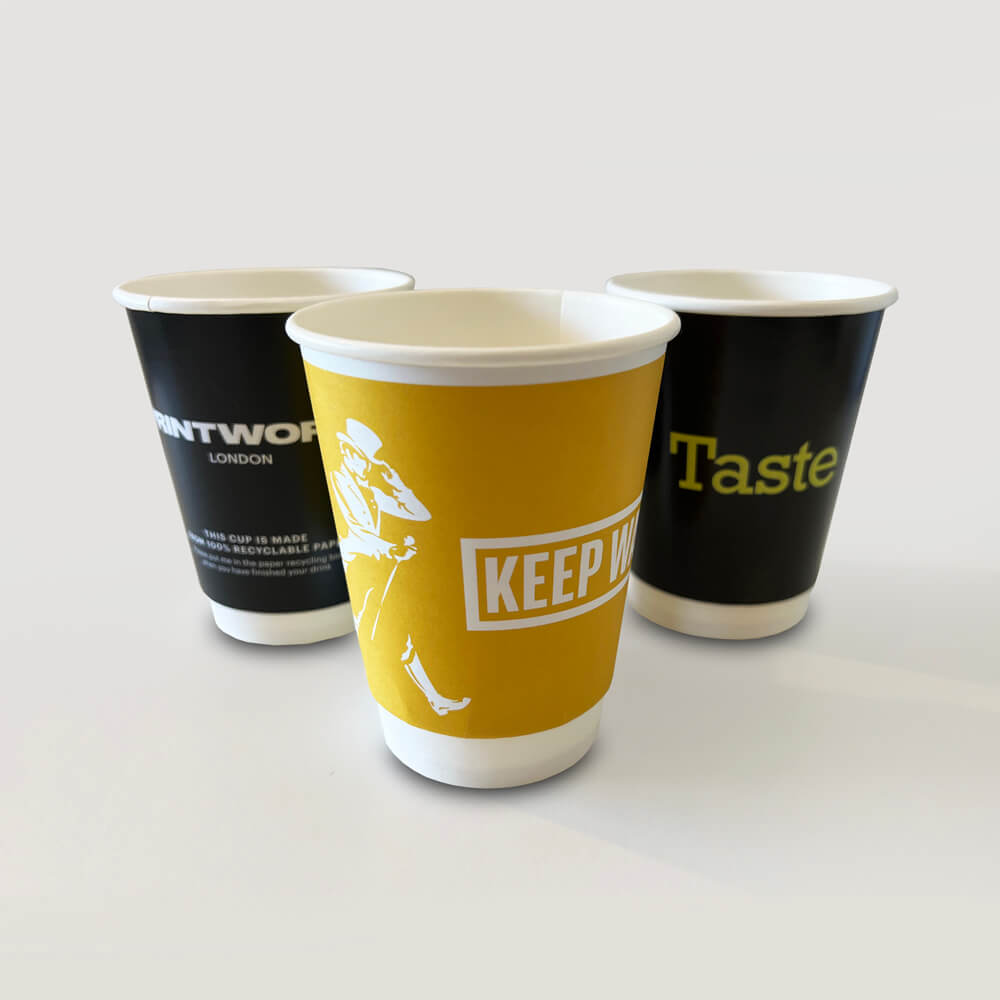Understanding Meat Cartons The Lifecycle from Farm to Table
In today's world, where sustainable practices and transparency are increasingly emphasized, the packaging of meat products, especially meat cartons, plays a crucial role in the supply chain. These cartons serve not just as containers but also as a crucial aspect of consumer safety, product longevity, and environmental sustainability.
The Role of Meat Cartons in the Supply Chain
Meat cartons are specifically designed packaging solutions that ensure meat products remain fresh, safe, and appealing from the moment they leave the processing plant until they reach consumers. These cartons are typically made from materials that provide excellent insulation, preventing temperature fluctuations that can compromise the quality of the meat. Moreover, good-quality meat cartons protect against physical damage and contamination, thereby preserving the integrity of the food inside.
The supply chain for meat products begins at farms, where animals are raised in various environments. Once they are processed, the meat is packaged in cartons specifically designed to cater to various types of meat, including beef, pork, poultry, and processed meat products. The use of these cartons is vital as they often include features like moisture barriers, vacuum-sealing, and tamper-proof seals, which further enhance the product's safety.
Consumer Safety and Quality Assurance
Consumer safety is paramount in the meat industry. The use of specially designed meat cartons helps in mitigating risks of contamination and spoilage. Many meat cartons are treated with antimicrobial coatings, which can reduce the growth of bacteria, ensuring that the meat remains safe for consumption. Additionally, proper labeling on these cartons provides essential information such as the meat's origin, processing date, and best-before date, promoting transparency and informed consumer choices.
Quality assurance is tied closely to the packaging of meat products. Well-designed cartons not only safeguard the meat during transportation but also convey the quality and branding of the product. Various marketing strategies leverage the visual appeal of meat cartons to attract consumers. High-quality images, nutritional information, and attractive designs can create a first impression that influences purchasing decisions.
meat cartons

Sustainability in Meat Carton Design
As concerns about environmental impact grow, the meat packaging industry has started to adopt more sustainable practices. Traditional packaging materials, often derived from fossil fuels, have been scrutinized for their environmental footprint. In response, many companies are exploring the use of recycled and biodegradable materials for meat cartons. These sustainable options aim to reduce waste and carbon emissions while still offering the necessary protection and durability.
Additionally, innovative technologies are emerging within the industry. For example, some meat cartons are now equipped with smart packaging solutions that utilize sensors to monitor freshness. These technologies can alert consumers or retailers if the meat has been compromised, thus ensuring that only safe products reach the market.
Challenges and Future Directions
Despite the advances in meat carton production, several challenges remain. The demand for meat continues to grow, putting pressure on the packaging industry to provide solutions that are both efficient and sustainable. Balancing cost, sustainability, and functionality requires continuous research and innovation.
The future of meat cartons may also involve integrating more intelligent systems that enhance traceability—allowing consumers to track the journey of their food back to the farm. Overall, as consumer preferences shift toward more responsible and sustainable practices, the meat packaging industry must adapt accordingly to meet these demands.
Conclusion
In conclusion, meat cartons represent much more than simple packaging. They are essential players in ensuring food safety, promoting quality, and supporting sustainability. As the meat industry continues to evolve, innovations in carton design will likely shape the future of how meat products are packaged, transported, and enjoyed. The journey from farm to table is complex, and meat cartons are a key component in making that journey safe and sustainable for everyone involved. By embracing advancements in technology and sustainability, the meat industry can foster a healthier environment while providing high-quality products to consumers.



